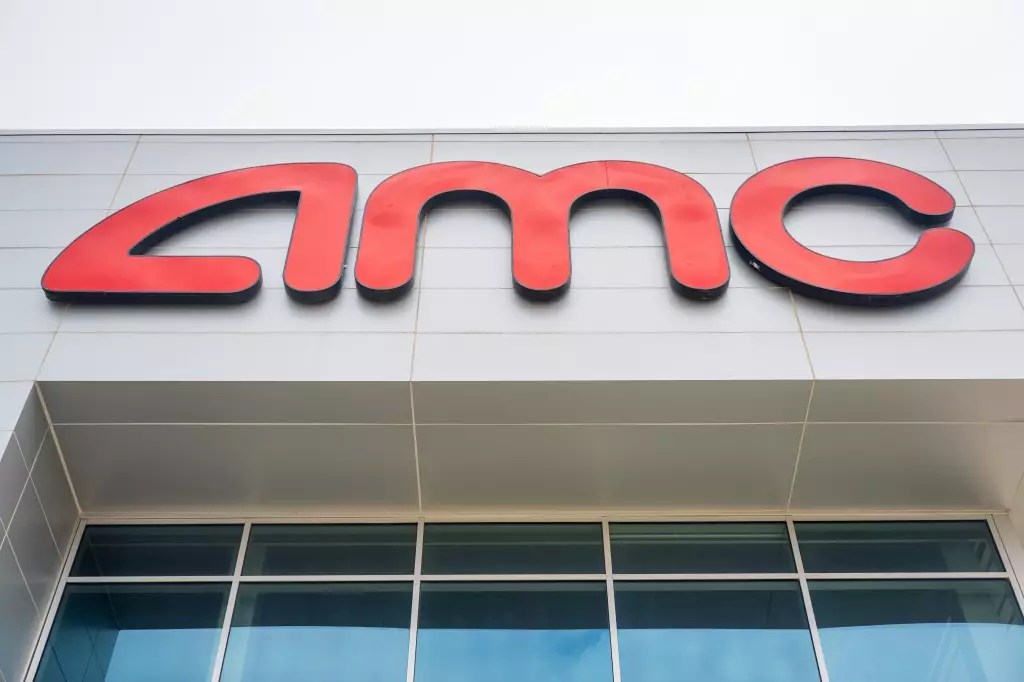AMC Entertainment finds itself at a critical crossroads, attempting to reshape its financial foundation amidst an industry still recovering from the devastating impacts of the COVID-19 pandemic. Its recent multi-layered agreement with creditors hints at a strategic pivot, but whether this move will secure a sustainable future or merely serve as a band-aid remains a questionable proposition. By injecting a combination of debt reduction and equity exchanges, AMC aims to shed its burdensome liabilities and position itself as a resilient survivor. Yet, this aggressive financial restructuring exposes potential vulnerabilities, especially given the volatile nature of the entertainment industry and unpredictable consumer habits post-pandemic.
The core of this deal involves a significant infusion of cash—up to $223 million—designed primarily to refinance maturing debt. While superficially appealing, such a move underscores how heavily leveraged AMC was before the crisis. The real question is whether this refinancing genuinely addresses underlying profitability issues or simply delays the inevitable. In a landscape where streaming services continue to erode traditional theater revenue, can AMC’s reliance on its box office rebound really sustain its new debt structure? History suggests that reliance on a recovering industry without fundamental operational improvements often leads to recurring financial distress, and AMC’s strategy appears no different.
Debt Conversion and Equity Stakes: A Double-Edged Sword
A crucial element of AMC’s plan involves converting a portion of its debt into equity—at least $145 million, potentially up to $337 million. This move aims to reduce debt obligations while giving creditors a stake in the company’s future success. On paper, this aligns interests and dilutes financial liabilities. However, such conversions effectively shift risk onto shareholders, which could diminish investor confidence or lead to a volatile stock market environment for AMC. Shareholders, often the most vulnerable group, risk losing control or facing continued dilution if the company’s recovery takes longer than expected.
Moreover, the deal’s breadth suggests a cautious optimism from creditors, who appear willing to accept some equity in exchange for receding immediate risks. This willingness indicates that creditors see potential in AMC’s post-pandemic comeback, but it also hints at an undercurrent of uncertainty. If the movie industry does not rebound as forecasted, or if unforeseen disruptions arise—such as new variants, regulatory hurdles, or technological shifts—this debt-for-equity maneuver could backfire, leaving AMC with a fragile financial footing and debt that still casts a long shadow over its operations.
Legal Battles and Asset Claims: An Uncertain Road Ahead
Beyond financial restructuring, AMC is also settling longstanding legal disputes with bondholders—who previously litigated claims concerning collateralized assets and alleged asset misallocations. These legal entanglements reflect deeper disagreements over asset control and funding priorities, complicating AMC’s path to stability. Settling these disputes is, in effect, an effort to clear internal hurdles, but it also signals unresolved tensions that could resurface if the company’s recovery stalls.
The return of collateral claims to theaters and other assets may seem like an administrative victory, but it also indicates fragility in AMC’s underlying asset base. If future assets are subject to legal claims or if collateral becomes problematic, AMC’s balance sheet could face additional strain, undermining investor confidence. This episode underscores the complex, often messy, realities of restructuring in a highly litigous industry environment and highlights that legal disputes can be a recurring obstacle for long-term viability.
The Industry’s Long Road to Recovery or a Mirage?
AMC’s optimism about future box office growth must be tempered with skepticism. While recent industry trends suggest a recovery—projected to be the strongest in five years—such forecasts often represent best-case scenarios. The ongoing shifts toward streaming, the pandemic’s lingering effects, and external shocks like strikes or fires threaten to erode these projections. For AMC, the critical question is whether it can capitalize on this rebound without becoming overleveraged again.
The company’s leadership portrays this deal as a strategic victory—one that bolsters the balance sheet and positions AMC to ride the wave of industry recovery. However, a deeper analysis suggests that unless AMC diversifies revenue streams, improves operational efficiency, and manages debt prudently, it risks remaining tethered to a fragile and uncertain industry. Relying solely on box office resurgence—while optimistic—may be shortsighted, especially as consumer entertainment habits evolve rapidly.
In the broader context of the industry, AMC’s aggressive restructuring signifies a desperation to cling to relevance in a tremulous environment. It raises questions about whether the company’s motivations are truly focused on sustainable growth or merely survival until the next crisis. If the industry’s recovery falters or new disruptive technologies emerge, AMC’s current financial strategy could be rendered futile, leaving lenders and shareholders at a perilous juncture.


Leave a Reply